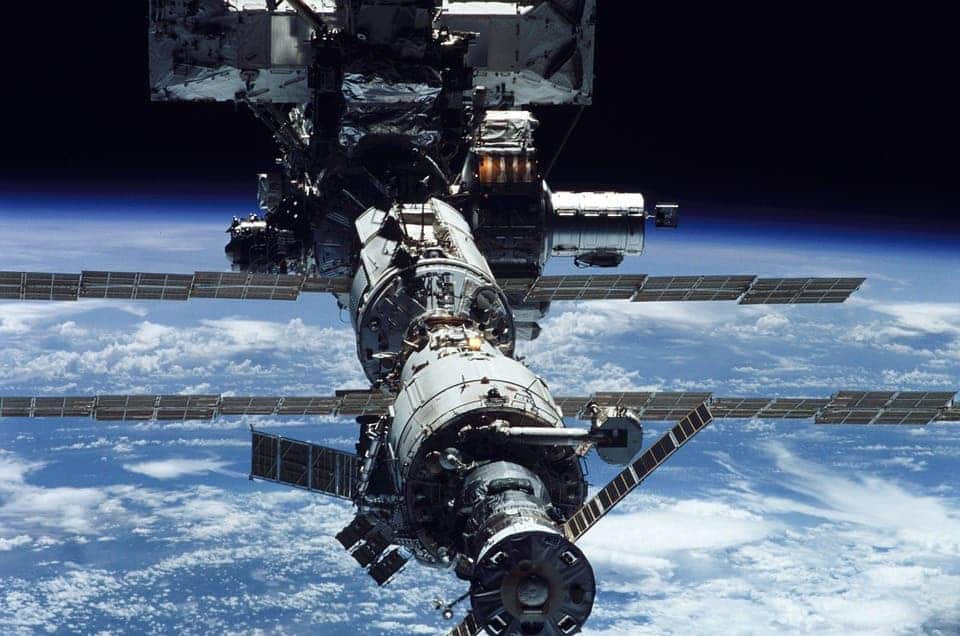The ISS is set to get a massive PC upgrade. SpaceX and the Enterprise are sending a supercomputer up to the station on SpaceX’s next resupply mission, set for Monday.
As far as opportunities go, ISS certainly does deliver. This space-borne orbital laboratory allowed government and private groups test technology and perform research in microgravity, gave us a testbed for astronaut health in-space, and gave NASA a good toehold for proving technology future deep space missions will need.
Processing power
There is one field of technology, however, that hasn’t received that much love on the ISS — computers. Currently, the station is handled by computers relying mostly on i386 processors which are, to put it mildly, absolute rubbish. It’s not much of a problem however since all of the station’s critical systems are monitored by ground control, who can work with astronauts in real time to fix any problems that might appear.
It starts to become a problem the farther away you go from the Earth, though. If we want to have any chance of sending a human crew beyond the Moon, we’ll need computers powerful enough to operate in a deep space environment without backup from ground control. For starters, because of the longer distances involved, communications will start experiencing delays in excess of half an hour at the more remote points of the mission. When that happens, the crew and its computers will have to be able to deal with any issue that arises.
We’re talking a lot more processing power than a few i386s can churn out. That’s why NASA and Hewlett-Packard Enterprise (HPE) are launching the supercomputer to the ISS — to see how it fares in the cold, zero g environment of outer space. The device will be shuttled Monday aboard SpaceX’s next supply mission to the station.
The 1 teraflop ‘super’computer isn’t that powerful by planetside standards, but it is the most powerful computer to ever make its way into space. It’ll stay there for one year, installed inside a rack in the Destiny module of the space station. It will spend this time powering through an endless series of benchmarks designed to detect if and how the computer’s performance is degraded in space.
An identical copy of the computer will run the same tests in a lab down on Earth to serve as a control.
If everything works out fine, the supercomputer might even stay on the ISS after the experiment to help astronauts in their data-crunching needs, saving up a lot of broadband. Let’s hope the experiment works, so NASA will soon have the computers it needs to send people further into the solar system.










